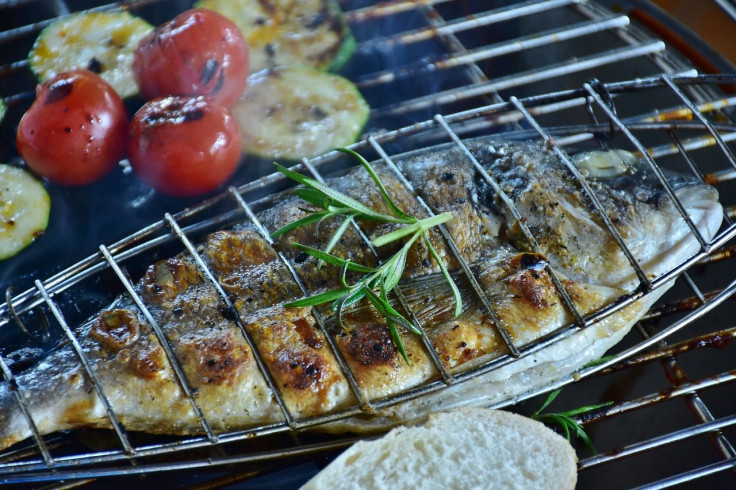Five Foods You Need To Eat To Get Rid Of Visceral Fat

KEY POINTS
- Visceral buildup can prove very dangerous to your health
- The sooner that you reduce it, the better it will become for you
- There are five great foods that you can eat that will help get rid of visceral fat
Visceral fat build-up has been known to cause dozens of health problems. Scientists believe this is due to the proximity of its location to several vital organs like your liver and intestines.
This harmful fat produces cytokines, a type of protein that triggers inflammation, and is a heart disease risk factor. Fortunately, studies conducted by various medical institutions like the Harvard Medical School, have proven that a high-protein diet can lower abdominal fat levels and also improve health.
High Protein Diet
This type of diet is very important for your bones and muscles. A high protein diet has been known to release the hormone called peptide tyrosine or PYY. Also known as Peptide YY, it makes you feel fuller for a long time.
High protein diets have also been acknowledged to raise metabolic rates, as well as help in retaining muscle mass during weight loss. Many studies have shown people who consume more protein have lesser abdominal fat deposits.
For your high protein diet, there are five foods considered to be excellent protein sources. These are the white-fleshed fish, chicken, eggs, beans and legumes, and Greek Yoghurt.
White-fleshed Fish
Some examples of white-fleshed fish are tilapia, haddock, cod, flounder, Pollock, orange roughy, and halibut. Research shows that a hundred grams of these fish types contain approximately 20 to 25 grams of protein.
You can find these fish types in the supermarket’s frozen food section. They can be easily thawed within one day. For a delicious recipe, try pairing the fish with salad, new potatoes, and grilled asparagus.
Chicken
On average, a hundred grams of cooked chicken contains approximately 30 grams of protein. The chicken breast, in particular, is known to be low in fat and very rich in protein. Before you consume it, try removing the skin, or you can do it before cooking the chicken breast.
The best thing about chicken is that it is so versatile that you can have it as your main course at dinner or lunch. You can also make it into a sandwich for a delicious snack.
Eggs
Both egg whites and yolks contain protein. The egg whites, however, have more protein content when compared to the yolk. A moderate-size egg contains around six to seven grams of protein.
When you eat eggs at breakfast, whether it is fried, scrambled, or poached, it helps in making you feel full for a long time. This makes it very easy to have your lunch at a later hour.
Beans and Legumes
Examples of these are chickpeas, lentils, and kidney beans. Chickpeas, also called garbanzo beans, are rich in protein. A cup or around 164 grams of chickpeas contain approximately 14.5 grams of protein.
Chickpeas taste delicious when added to curried food or when made as a staple component of a meal. Another wonderful alternative protein source, particularly for vegetarians, is Lentils. They are a great addition to stews and soup. A cupful of cooked Lentils, around 198 grams, is equivalent to approximately 17.9 grams of protein.
Kidney Beans
Usually consumed with rice, a cup of kidney beans or about 256 grams contains around 13.4 grams of protein. Other bean types that have high-protein content are black beans, pinto beans, soybeans, navy beans, and peas.
Greek Yoghurt
This yogurt type is capable of producing around three times the amount of protein compared to regular yogurt. Studies have shown that a 200-gram serving can give you about 20 grams of protein. It tastes best when paired with fresh fruit. Aside from observing a high-protein diet to minimize visceral fat, you can also consume a lot of greens, and you need to control the portions you consume.
© Copyright IBTimes 2024. All rights reserved.





















